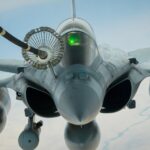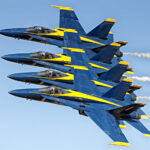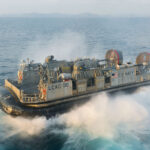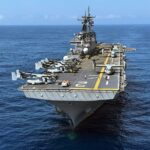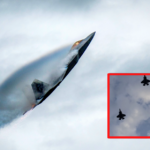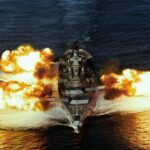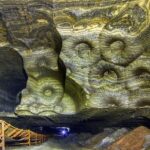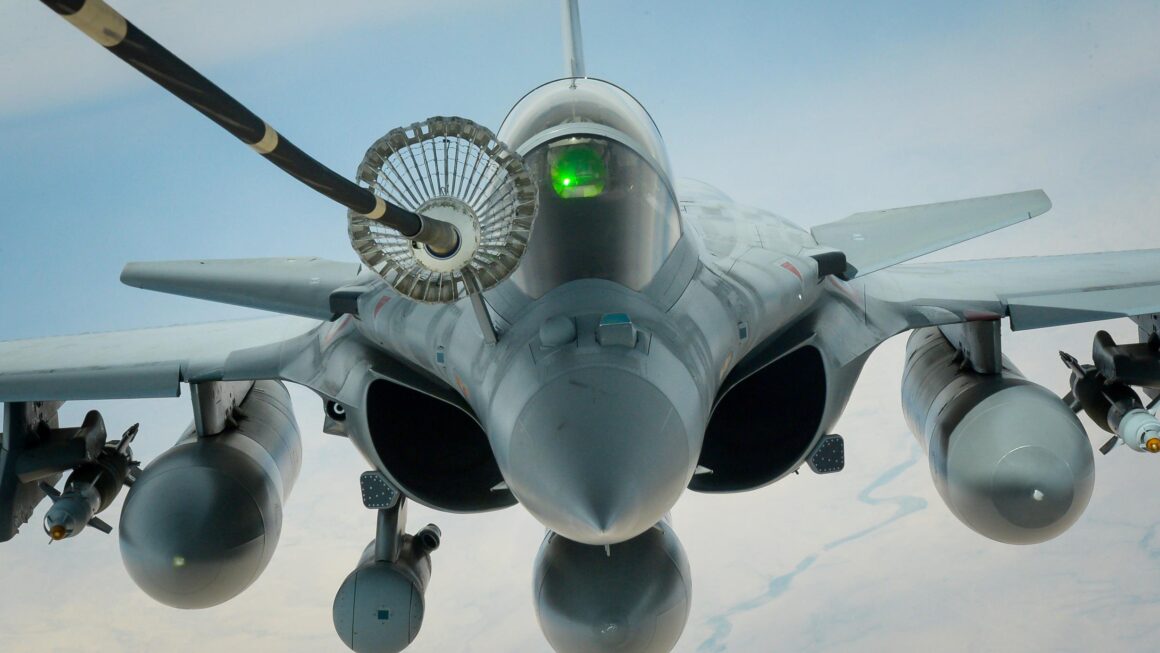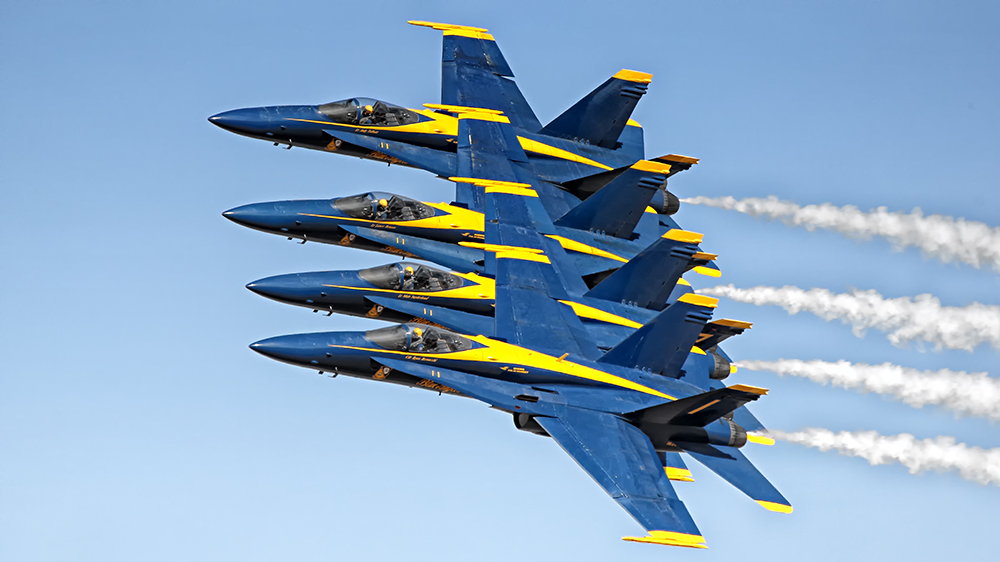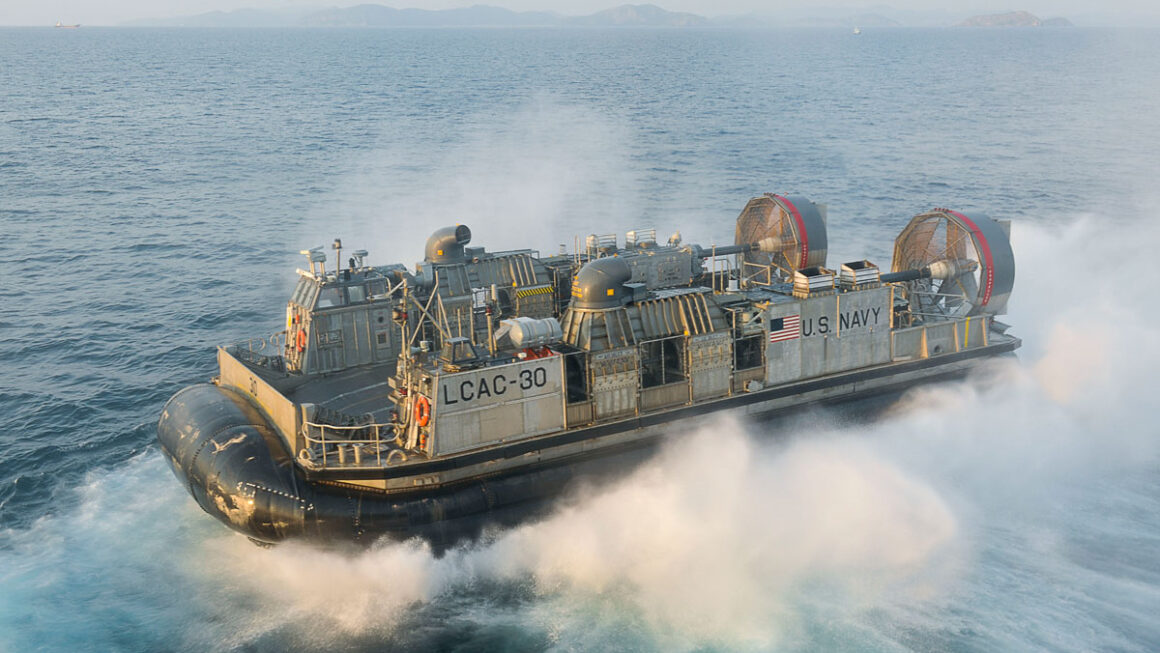China’s Z-10 helicopter, which began construction in the late 1990s, is now the mainstay of the Bamboo Curtain Country’s combat vehicle. China’s decision to make its own attack helicopters after the agreement to import the AH-1 Cobra from the United States in 1988 failed to materialize apparently paid off.

This Chinese attack helicopter manufacturing program was then named the Special Armed Project or the Special Use Armed Helicopter Project, which later became known as the Z-10 (Wu Zhi-10) helicopter.
China’s first Z-10 prototype was completed in 2002. CAIC is reportedly building as many as six prototypes. The maiden flight was successfully carried out on April 29, 2003.
The Z-10 helicopter has a standard combat configuration with a narrow fuselage and a stepped tandem cockpit. The gunner sits at the front and the pilot sits at the back. This helicopter has a length of 14.1 meters, a rotor diameter of about 12 meters, a height of 3.85 meters, and a maximum weight of up to 5.5 tons.
The latest Z-10 helicopter has been equipped with the new WZ-16 turboshaft engine with a capacity of 1,500 kW which allows this helicopter to reach a maximum speed of 270 km/h, a flight altitude of up to 6,400 m and an operating range of 800 km.
In terms of weaponry, the Chinese helicopter, which has been blessed with a 30 mm cannon, is capable of carrying 16 missiles, which can be HJ-8 or HJ-9 anti-tank missiles, and HJ-10 anti-tank missiles. In addition, there is also a pod for storing several types of rockets. The installation of these weapons can be adjusted depending on the mission.
Missiles are used against armored vehicles and tanks, while rockets and other weapons are used against infantry. When attacking enemy tank groups, the Z-10 will carry eight air-to-ground missiles and two multiple rocket launchers. The missile has 85 percent accuracy and each Z-10’s surprise attack can destroy at least six enemy tanks.

Currently at least 150 helicopters have been produced by CAIG for the needs of the local military. Meanwhile, the first foreign customer is likely to come from Pakistan with the WZ-10ME version after the cancellation of the T129 ATAK purchase from Turkey. China’s success in making the Z-10 made it the second country in Asia to successfully produce attack helicopters independently after Japan with the Kawasaki OH-1 since 1996.
The Z-10 is a Chinese-made attack helicopter developed by the Changhe Aircraft Industries Corporation (CAIC) in collaboration with the Russian Kamov Design Bureau. Here are the specifications of the Z-10 combat helicopter.
1. Dimensions:
Length: Approximately 14.1 meters (46 feet)
Height: Approximately 3.8 meters (12.5 feet)
Main rotor diameter: Approximately 13 meters (42.6 feet)
Width (including rotor blades): Approximately 10.2 meters (33.5 feet)
2. Weight:
Empty weight: Approximately 5,540 kilograms (12,210 pounds)
Maximum take-off weight: Approximately 7,000 kilograms (15,430 pounds)
3. Engine:
Two engines: WZ-9 turboshaft engines (licensed production of the French Turbomeca Arriel 2C engine)
Each engine generates a maximum power output of approximately 1.019 kilowatts (1.367 horsepower)
4. Performance:
Maximum speed: Approximately 280 kilometers per hour (174 miles per hour)
Range: Approximately 800 kilometers (500 miles)
Ferry range (with additional fuel tanks): Approximately 1,300 kilometers (800 miles)
Service ceiling: Approximately 6,400 meters (21,000 feet)
Rate of climb: Approximately 12 meters per second (2,362 feet per minute)
5. Armaments:
Usually armed with a combination of the following:
30mm cannon mounted in a chin turret (capacity: around 500 rounds)
Anti-tank guided missiles (such as the HJ-9 or HJ-10 series)
Air-to-air missiles (such as the PL-9 or TY-90 series)
Unguided rockets (such as 57mm or 90mm)
Optionally, can carry external stores such as fuel tanks, auxiliary weapons, or electronic countermeasures pods
6. Avionics and Features:
The Z-10 is equipped with a modern glass cockpit, featuring multi-function displays (MFDs) and digital avionics.
It has advanced sensors, including a helmet-mounted sight for the pilot and a nose-mounted electro-optical targeting system (EOTS).
The helicopter incorporates various defensive measures, including radar and laser warning receivers, infrared countermeasures, and chaff/flare dispensers.
The Z-10 can operate during day and night, in adverse weather conditions.
It has a tandem-seat configuration, with the pilot in the rear seat and the co-pilot/gunner in the front seat.

